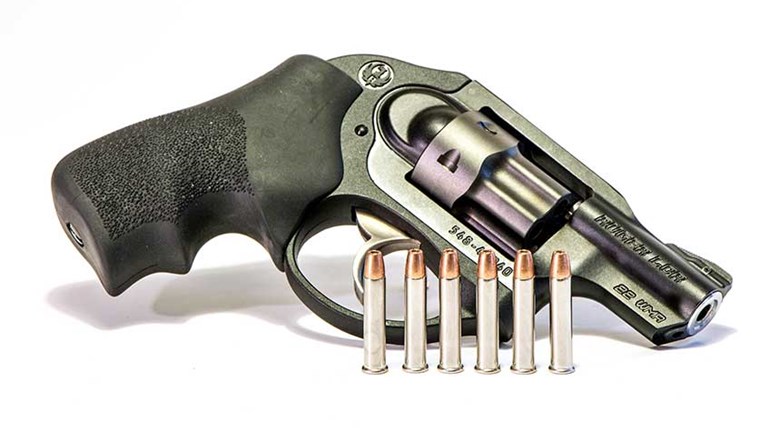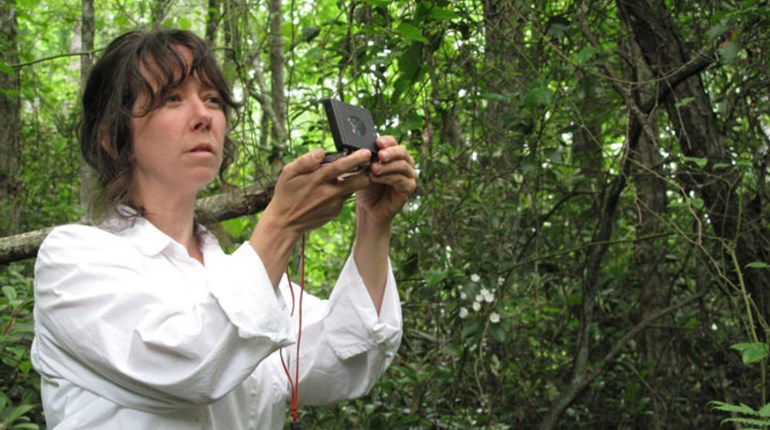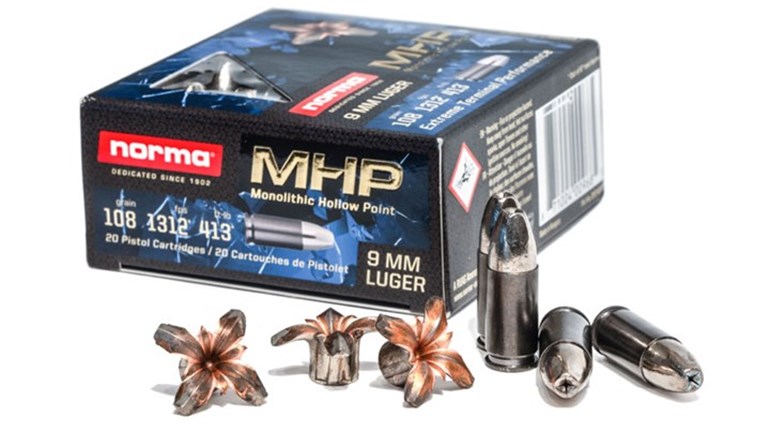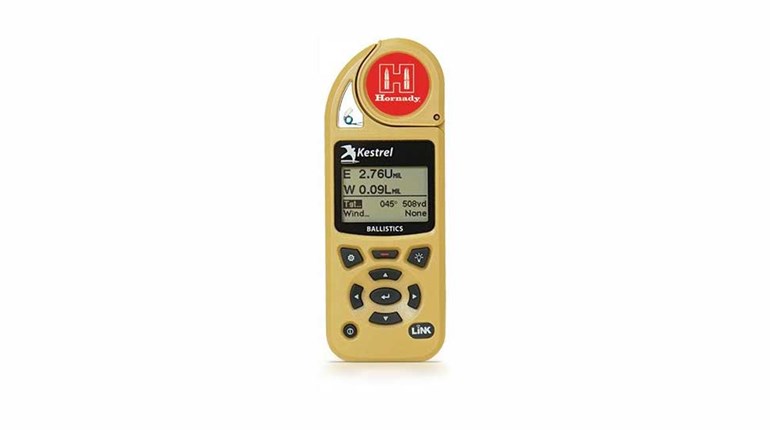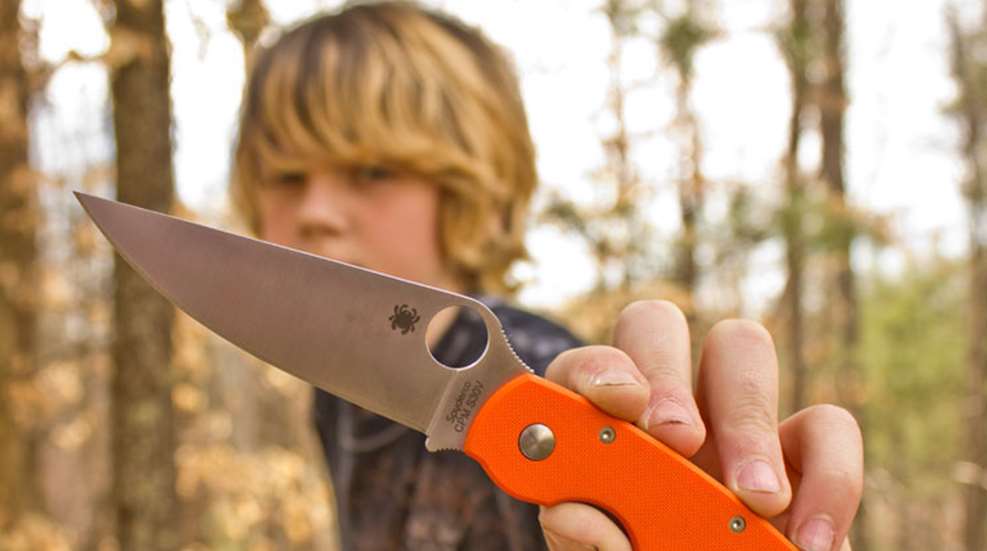
The knife is one of man's oldest tools, arguably dating back to the Stone Age when they were made of flint. The modern knife comes in many forms, from penknives as small as tube of lip balm to swords as long as a broom. Knife blades are made from many metals and, on occasion, even ceramics. Some metals are soft and easy to sharpen. Others are harder and more difficult to put an edge on. Materials used for knife handles are just as varied.
Knives have always been very personal items. Hundreds of years ago when folks went out to dine, they carried their own knives. This is not the case today, but a knife can be used for so many chores people still routinely carry them.
Knife design is as varied as what knives are used for and the materials from which they are made. Probably, the most important thing to consider with knives is whether you want a folding knife or a fixed-blade knife. Regardless, blades are shaped a certain way to help you cut certain things.
Bowie or clipped-point blades are good multi-purpose blades that will let you stick, cut and slash things. They can even be used for skinning. A drop-point knife is more of a utility blade. A hawk-bill blade is great for cutting rope, and Wharncliff and sheepsfoot blades have a flat edge that can be useful in the kitchen. Spey blades were designed without a point for neutering farm animals. Speys make a decent skinning blade for the same reason.
The blade's grind is important too. Some grinds include: flat-ground blades, hollow-ground blades, zero-ground blades, a single-bevel grind and even a convex grind. Mostly, the blade grind you choose is based on personal preference. However, the thicker the blade, the harder it will be to make deep cuts. Serrations are a very popular modern blade treatment. These blades look like they have teeth, are ravenously sharp and seem to hold an edge for a long time. However, they are a devil to sharpen. Serrated blades are not well-suited for the hunter, but are popular on utility/rescue knives.
Everyone that's ever cut themselves with a knife has an opinion on what a knife should be. These opinions are tempered just like steel and are a product of what the individual wants to use the knife for. I asked of the two most knowledgeable knife people I know-Joyce Laituri with Spyderco and Steve Johnson of Johnson Adventure Blades-some very specific questions about knives.
If you exclude the super-small pen-like knives, machetes and swords you're left with a wide range of general-purpose knives. The main difference is that some are fixed-blade knives and some are folders. According to Laituri and Johnson, fixed-blade knives are stronger but are not as convenient to carry. Johnson added that fixed-blade knives are easier to clean, especially for hunters.
Hunters basically need a knife for field dressing, skinning and caping (removing the hide from the head and feet). According to Laituri, “Most of Spyderco's customers prefer a full-bellied blade for skinning and a blade with a sharp, pointy tip for caping. An example would be our fixed blade Moran.” Johnson suggests his Piggyback and Piggyback folder for the hunter. Johnson says, “The blade is little enough for small game and large enough for elk.” Both of these recommended designs have a clip-point and deep-bellied style blade that makes peeling the hide from animals easy.
When asked about general-purpose knives, Laturi said that, “Spyderco's best sellers are the Delica and Endura. They seem to cross well from outdoor to everyday carry to urban use.” Johnson suggested his Potbelly design saying, “It's really a versatile knife that works great in a lot of different situations.”
I also asked these knowledgeable knife masters what knife they would have if they could only have one, for the rest of their life. Johnson said, “I'm still working on that. It would be a fixed blade, with a handle that feels like it grew in your hand. Not too big, not too small; probably a 4-inch blade.”
Laturi picked the Spyderco Delica as her go-to knife, saying, “I've carried it everywhere and never had problems cutting anything. I've also used it in social settings and haven't had anyone run screaming in fear when they saw it.” A Spyderco Delica has spent a lot of time in my pocket and hand as well.
Along a very personal knife note, I asked Laturi and Johnson how they liked to carry a pocket-clip folding knife, a knife style that many outdoorsmen prefer. There are two carry options with a clip-style pocket knife: tip pointed up or tip pointed down. Both Johnson and Laturi said they carry “tip up” and that's the carry method I prefer too. Don't make the mistake of thinking you need a big knife for big chores. The larger the blade, the more unwieldy the knife becomes. An exception might be in a survival situation, but there you will still have need of a small blade too.
For more information on knives, knife steel and knife terminology, I suggest you visit the Ka-Bar “Knife Knowledge” and the Spyderco “Edge-U-Cation” sections of their websites. There you can learn knife language and become a much more savvy knife buyer and user.













